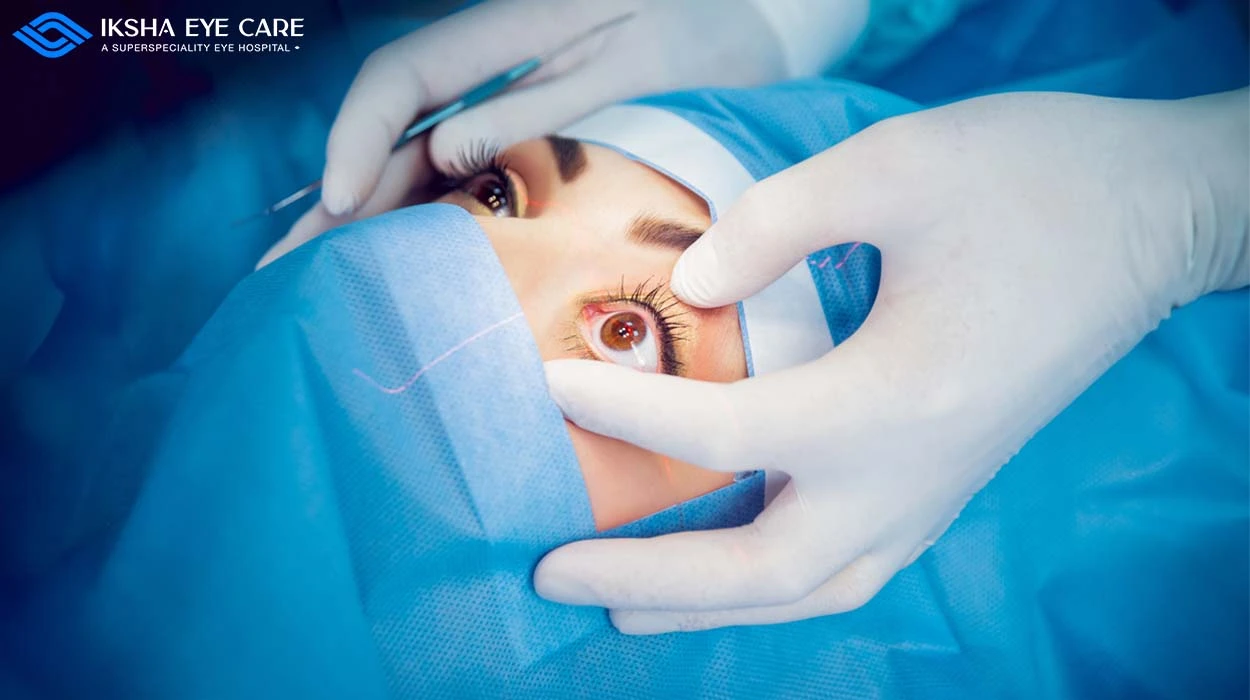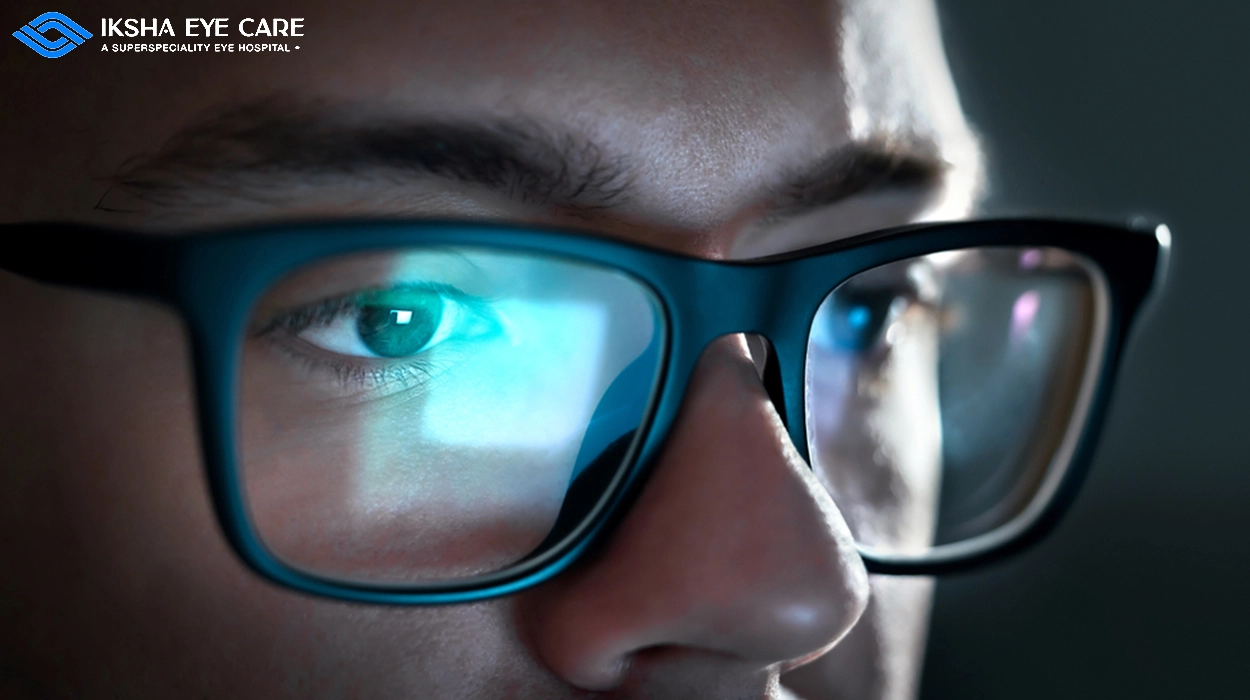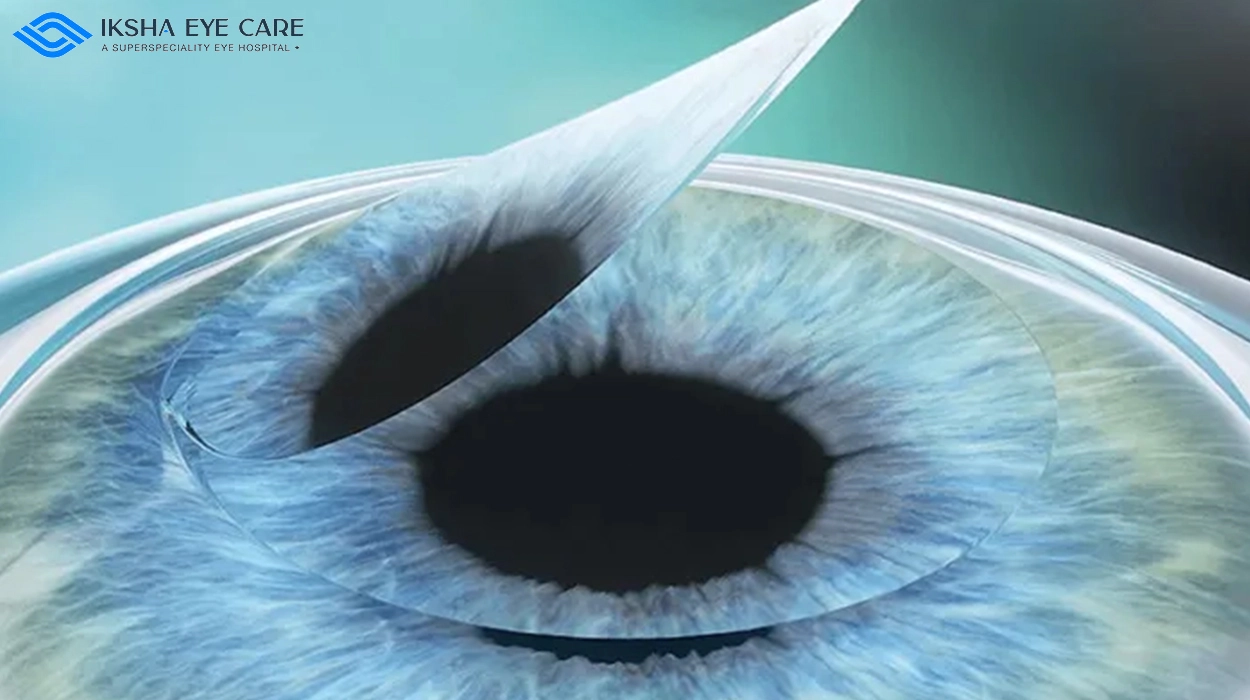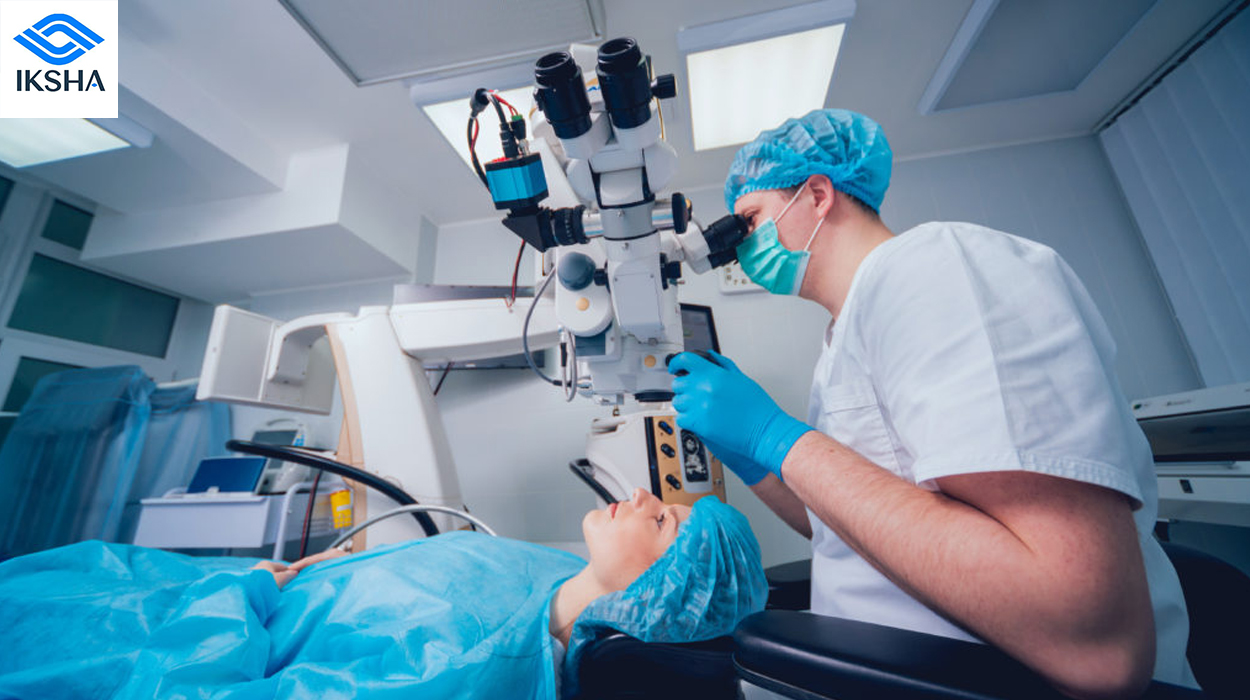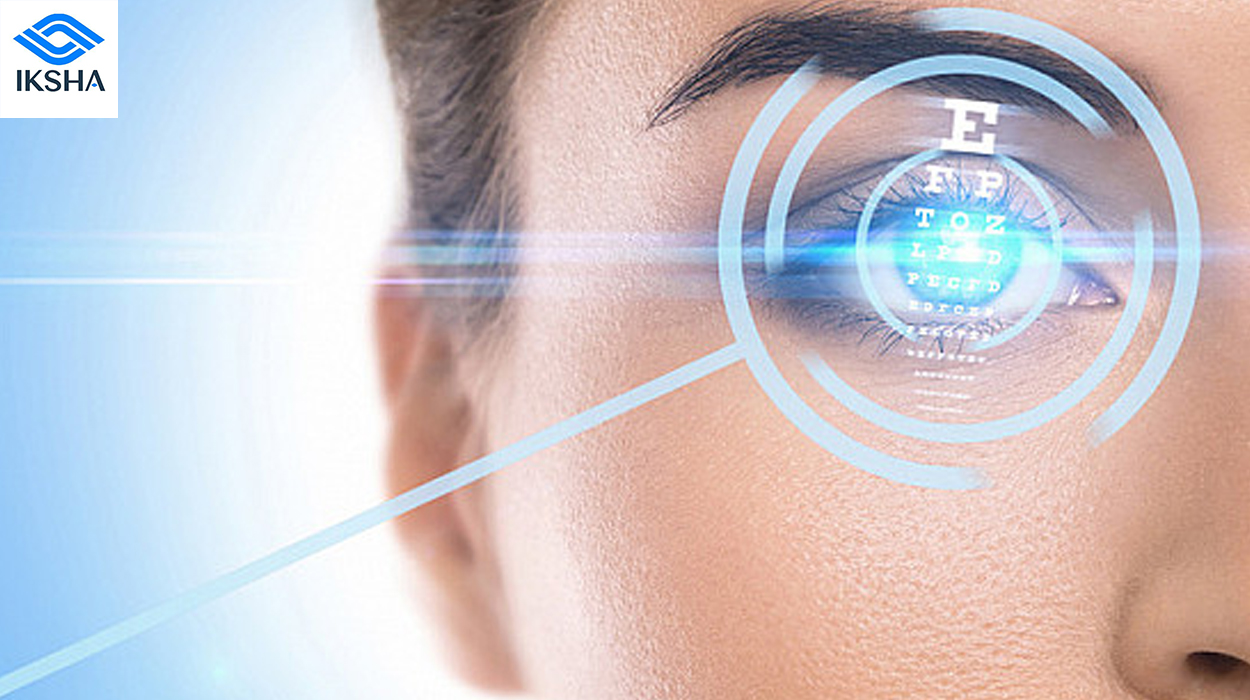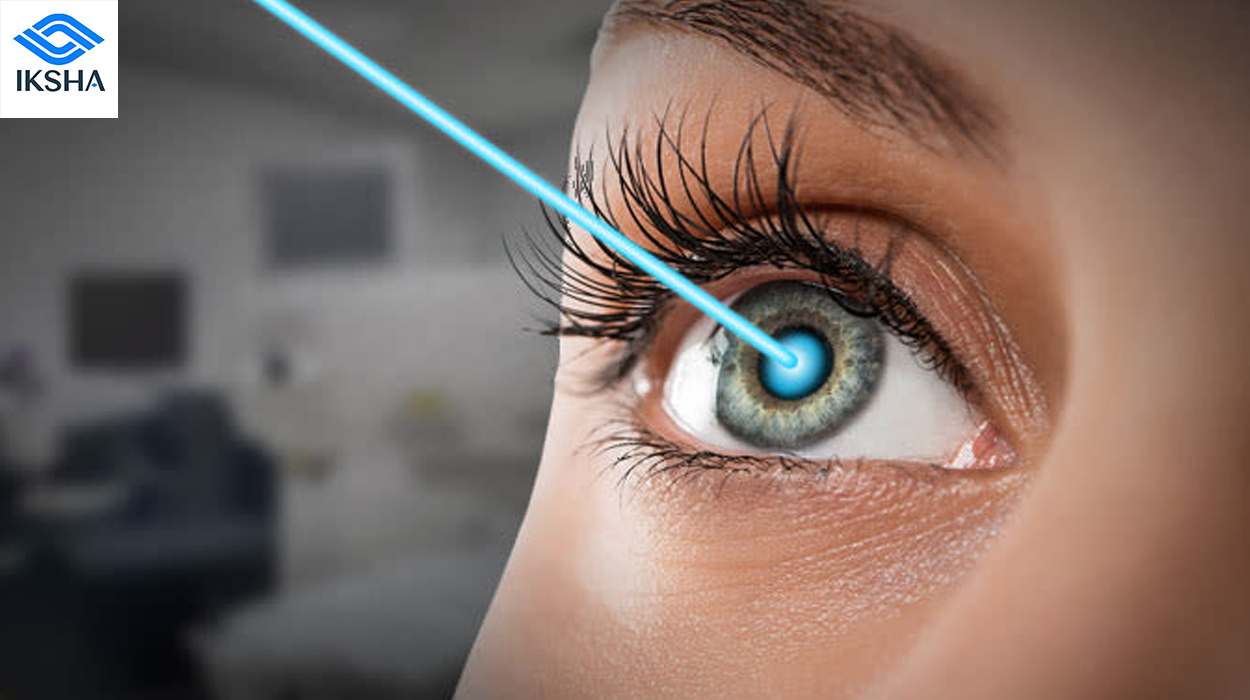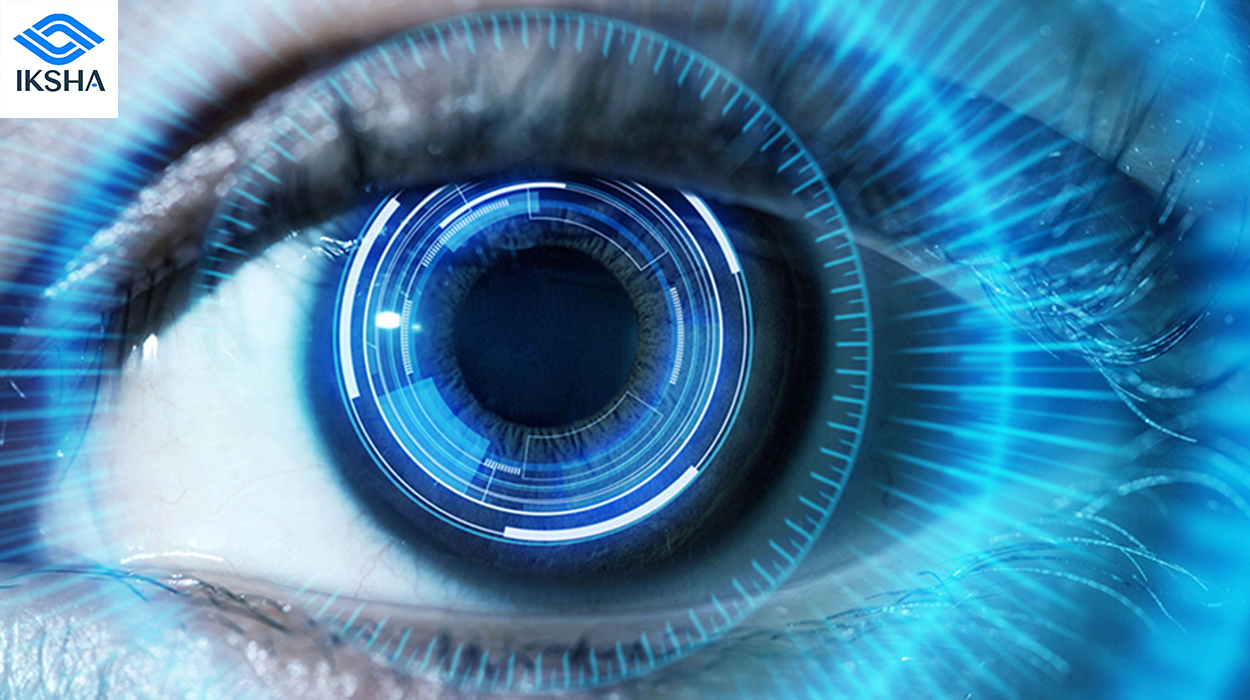Cataracts are leading cause of visual impairment that affects millions of people globally. The natural lens of the eye becomes clouded, causing diminished visual acuity and impaired vision.
Fortunately, cataract comes under curable type of blindness if treated timely. Advances in medical technology have made cataract surgery a safe and efficient treatment option, providing individuals who need it with a clear view of the future. This blog will explore the specifics of cataract surgery, its advantages, and how it has improved the lives of countless people.
Cataracts usually develop gradually and painlessly, frequently with no early symptoms. Individuals may suffer impaired or cloudy vision, increased sensitivity to glare, trouble seeing at night, emergence of halos around lights and double vision as the cataract worsens. The whole experience of life may be impacted by the appearance of faded colors.
The accumulation of proteins and other organic materials that progressively clump together over time causes the clouding of the eye’s lens. Despite the fact that progressing age is the main risk factor for cataracts, other causes like family history, diabetes, excessive UV exposure, smoking, and some medications like steroids can also lead to development of cataract at early age. Children can also develop cataract at birth or during their development or secondary to trauma.
Cataract Eye Surgery – The Solution
Cataract eye surgery, also known as cataract extraction, is a surgical procedure designed to remove the cloudy natural lens and replace it with an artificial intraocular lens (IOL). The surgery is typically performed on an outpatient basis, and patients can return home the same day.
Process
Preoperative Evaluation: The ophthalmologist will perform a thorough eye exam prior to the surgery to assess the level of the cataract and can suggest the optimal IOL for the patient. This evaluation assists in adjusting the surgical strategy and achieving the desired visual result.
Anesthesia: In order to numb the eye and keep the patient comfortable throughout the treatment, cataract surgery is typically carried out under local anesthesia to aid in the patient’s relaxation, moderate sedation may occasionally be applied. Recent advances include no injection no patch surgery that is under topical anesthesia. Local eye drops are used to numb the eyes and after surgery without patching the eyes, patients can go home with protective glasses comfortably.
Phacoemulsification: Phacoemulsification is the surgical technique used most frequently during cataract surgery. The surgeon makes a small incision in the cornea (transparent part of eye, dome shaped) and inserts a tiny ultrasonic probe into the eye. The probe emulsifies the cloudy lens, breaking it into small pieces, which are then gently removed from the eye.
Intraocular Lens Implantation: The surgeon inserts the artificial IOL into the same lens capsule once the natural lens is removed. IOLs come in various types, including monofocal, extended depth of focus, (popularly known as EDOF lenses), multifocal, trifocal and toric lenses, each catering to different visual needs.
Closing the Incision: The small incision made at the beginning of the surgery is self-sealing and usually requires no stitches. The eye’s natural healing process will secure the incision over time.
Benefits of Cataract Eye Surgery
Improved Vision: The main advantage of cataract surgery is an enormous increase in vision. Many patients report having vision that is clearer and sharper, allowing them to read, drive, and engage in daily activities with/without any visual restrictions depending upon on IOL chosen.
Enhanced Quality of Life: Regaining eyesight clarity improves a person’s general quality of life. Reading, cooking, and engaging in hobbies—activities that were once challenging—become pleasurable once more, resulting in a rise in independence and confidence.
Quick and Safe Technique: Cataract surgery has a high rate of success and is a well-proven, quick, and safe surgery. Most surgeries are completed in less than 30 minutes, and after a few days, patients can resume their regular schedule.
Reduced Dependence on Glasses: Depending on the type of IOL chosen, cataract surgery can reduce or eliminate the need for glasses. Multifocal IOLs, for example, can correct both distance and near vision, freeing patients from the hassle of multiple pairs of glasses.
Long-lasting Results: The artificial IOL implanted during cataract surgery is a permanent solution. Once in place, it does not degrade or age, offering lasting results for years to come.
Minimally Invasive: The small incision used in phacoemulsification reduces the risk of complications and ensures a quicker recovery compared to traditional cataract surgery techniques.
People with cataracts have benefited greatly from cataract eye surgery, which is a groundbreaking medical innovation. Patients benefit from better vision, a higher quality of life, and a decreased need for spectacles after having their natural lens removed and replaced with an artificial intraocular lens. For individuals looking for a clear glimpse of the future, the treatment is a popular choice because of its safety, effectiveness, and long-lasting outcomes.
Consulting with an ophthalmologist can be the first step towards restoring clear vision and living life to the fullest if you or a loved one is suffering from cataract symptoms.


